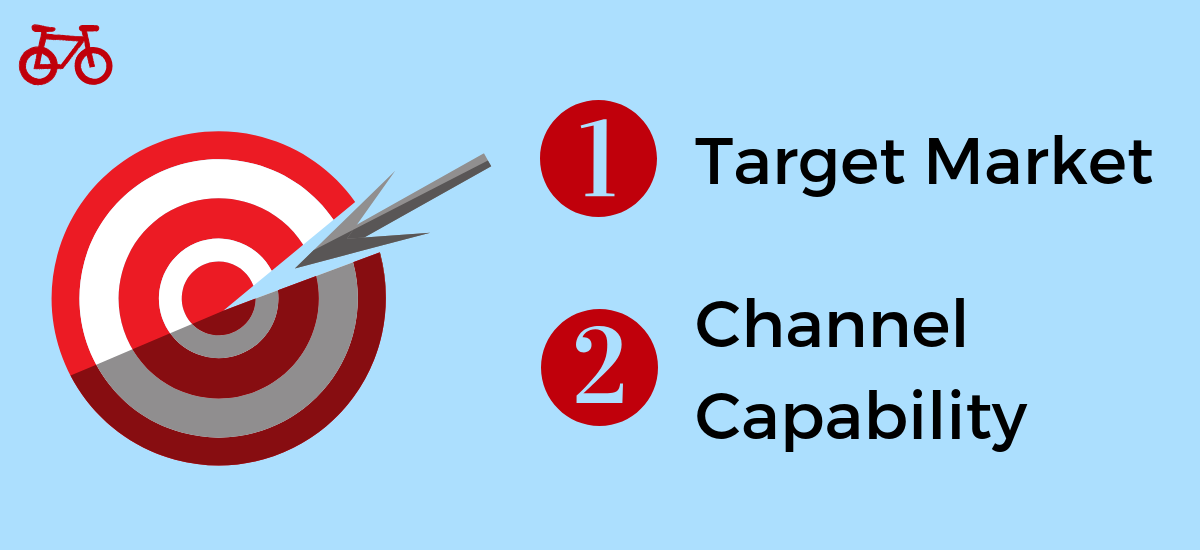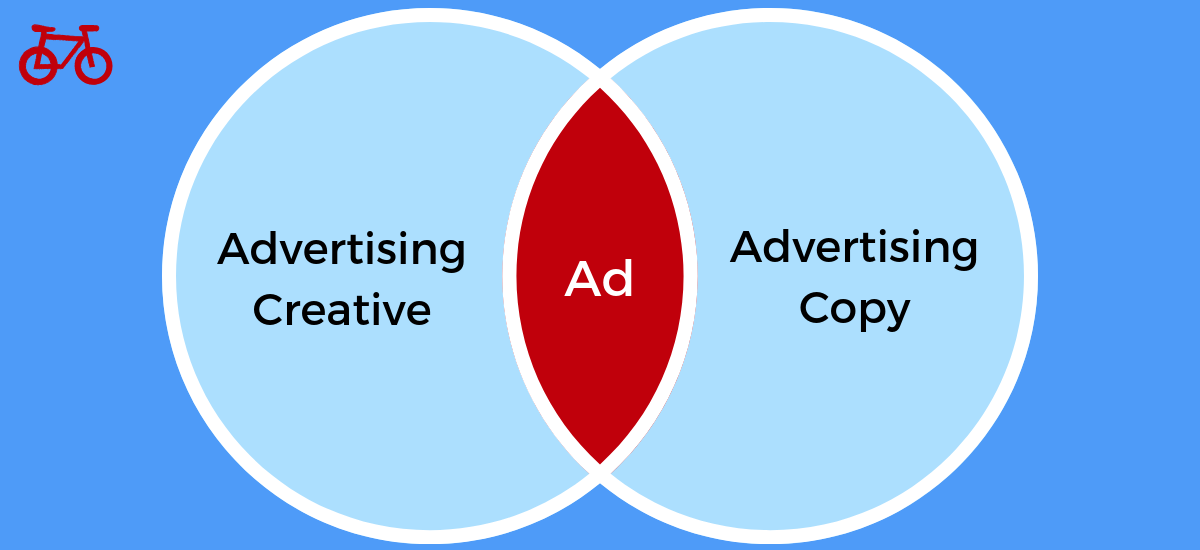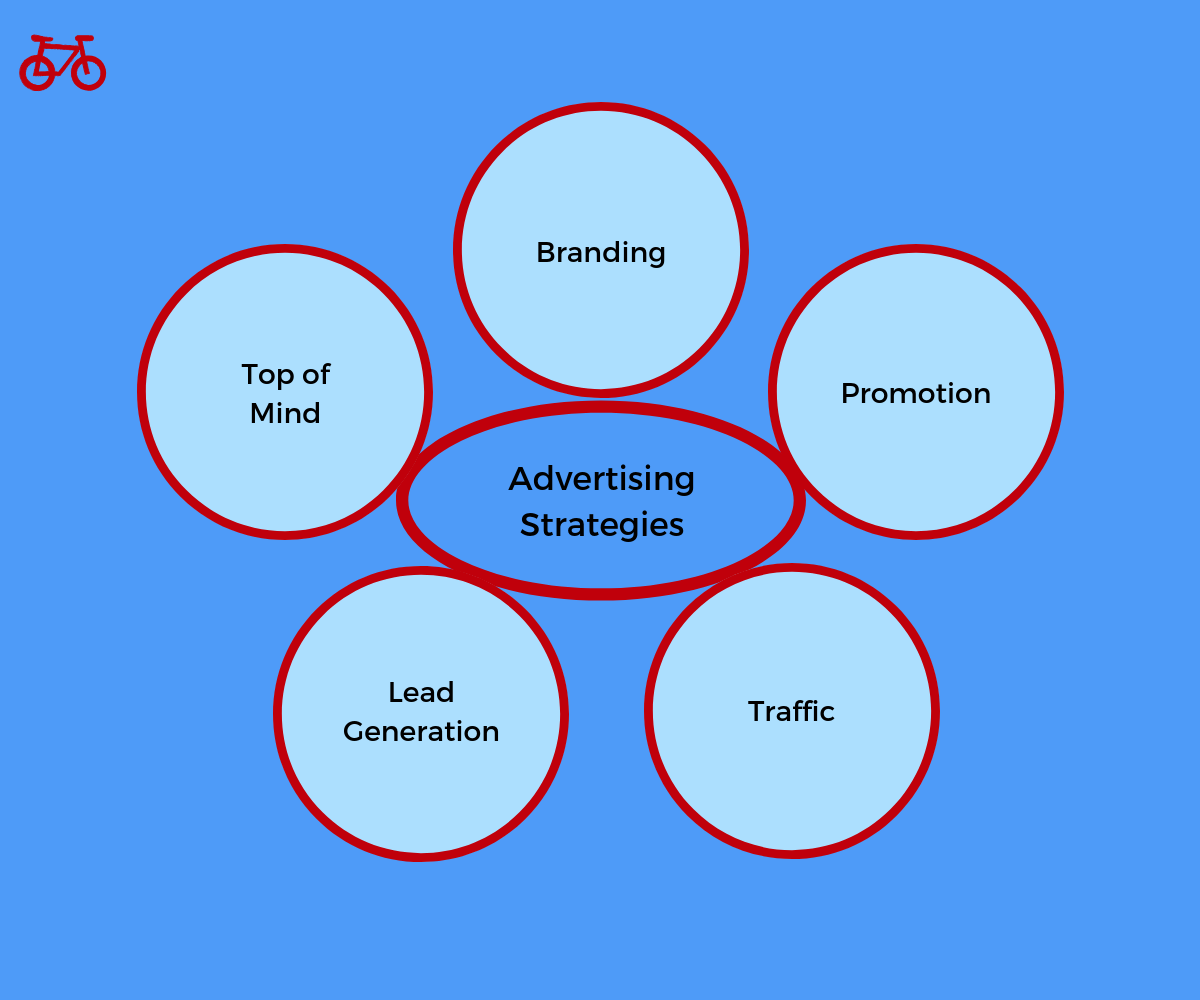Advertising is about the promotion of your product or company. It’s used to generate awareness.
At one point, it’s all there was to marketing. But, we have since increased our understanding of marketing and advertising as a facet of marketing. It holds a critical place in our marketing strategy. It sits within the promotion component of the marketing mix.
As advertising plays such a large role in our marketing, it makes sense we go through it in detail here. Below is an overview.
What is Advertising?
Advertising is sponsored communication about a product. Or, a message to a targeted audience. It is most common that a company purchases space in order to promote a particular product or message.
The message is a general message communicated to the target market. These messages, which are most commonly referred to as ads, are intended to alert the target market and to cause the target market to perform an action.
The process consists of defining the target market, which is your targeting. Determining the channel. Then, choosing the message. This encompasses what is involved in advertising.
What is an Advertising Campaign?
Advertising is rarely performed as a one-off action. It is usually part of a much larger campaign. It can be a larger marketing campaign, or it can be an advertising campaign.
An advertising campaign is a series of advertisements that share a common thread. This thread is the theme of the campaign, which is directing the audience to a common goal. So, the campaign is a series of advertisements that share a common theme and goal.
Advertising works best if it’s performed as a series of actions. Which is why advertisements are most commonly designed as part of a campaign.
What is Advertising Targeting?
Targeting is the process of defining the target market for the particular message that is going to be sponsored and promoted. There are two aspects of targeting.

The first is the general process of defining your target market. This will occur before deciding on the channel. And, it helps to understand what targeting options a channel should contain. Lastly, the target market will determine the marketing message. The message is created based on what will resonate best with the target market.
The second aspect of targeting is the targeting capabilities on the selected channels. This means what level of targeting can you use. For instance, can you target based on gender, age, location, occupation, interests, or size of company?
These are two aspects of targeting we need to consider. And, these are the typical targeting options at our disposal. Once both of these are addressed, we can consider the channel we will use and the message that will convert.
What is an Advertising Channel?
The next area of advertising we need to consider is advertising channels.
An advertising channel is the medium that a company chooses to purchase space on to run ads. The particular channel that is chosen is largely done so based on what audience that channel can reach. Also, what targeting options the channel will provide.
An advertising channel can be as general as radio, television, or social media. It can also be as specific as a particular television channel or social media network, like Facebook.
Some channels provide broad targeting options and allow advertisers to reach a mass market. Others are precisely defined and serve a niche market. Then, depending on the advertisers target market, they can choose the appropriate channel with the desired target market and audience targeting options.
As we understand advertising channels, it is important to address our advertising channel choices. Then, we can choose the channels that best fit our advertising goals.
Popular Advertising Channels
As we understand what channels are and how to use them, we can begin to take a look at some of the more popular channels. Using popular channels can give us the advertising introduction we might need to get started.
Popular channels include the overall channel medium. Then, some are broken down a bit more specifically. Depending on the medium, we have various choices within each. So, it is best to choose the channels that best suit your business goals.
The following are a few of the most common advertising channels.

Radio Advertising
Radio is a tried-and-true, traditional channel. Designed for mass market communication, it can be effective for brand awareness campaigns. Within the radio channel, an advertiser would target based on radio station and what that station knows about their audience.
This will determine the stations we choose, our messaging, and the goals of the campaigns.
Television Advertising
Television advertising is probably one of the most common channels we think of when we think of advertising. Television tends to be an expensive channel and reserved for large, mass market advertisers.
Television targeting options are fairly limited. Thus, it is a channel that is most commonly used for brand awareness and top-of-mind campaigns.
Online Advertising
Online advertising, which is a relatively new channel to the advertising mix, offers a different set of tools. Online advertising offers precise targeting options and detailed information about target audiences. It has rapidly become a channel in many advertiser’s strategies.
Online advertising can consist of channels such as social media, retargeting, search, and many others. These channels include but are not limited to the following.
These are just some of the most common online advertising channels. There are many other channels and online advertising is its own conversation.
Print Advertising
Print advertising is one of the earliest advertising mediums. Whether you consider ancient advertisements painted on walls, or magazine ads from the 1960s Madison Avenue ad men, it has been around.
This is a traditional medium, which depending on the audience, can be the right place to put our budget.
These are some of the common advertising channels that are available to advertisers. Choosing the right channel is about choosing your target audience and determining how to best reach them.
Advertising Messaging
The messages we use to communicate to our prospects and customers is important. It is the story we tell. It is how we resonate with our target audience. And, it is the message we use to generate an action.
The message we put in front of our audience can be broken down into two components. The creative and the copy. One is the image. One is the writing we use. Each plays an important role.
Both of these components make up the overall advertisement and our message. So, let’s take a look at each of these in a bit more detail.

Advertising Creative
Creative is the pictures, illustrations, or any other visuals we use to convey our message. This is an important part of our advertising as it should be consistent with our brand. And, it should illustrate our message.
Pictures are worth a thousand words. And this rings especially true for creative.
Advertising Copy
Copy is the words and writing we use to talk about our message. Whether writing one word or an essay, the copy is how we discuss and tell our audience about our offer.
It is important that our copywriting is on brand with the personality of the company. That it conveys the message of our offer. Also, that it uses language that motivates action.
The messaging of our ads comes from the combination of our creative and our copy. Both are important. Both need to work in conjunction to generate the desired action of our campaign.
Common Advertising Strategies
Advertising is a complicated aspect of marketing. Sometimes it works. Other times it doesn’t. Typically, it’s structured into a campaign, which is built around the overall marketing strategy and advertising strategy.
As we look at all the aspects of advertising, it makes sense to look at some of the most common strategies. These strategies are either used in conjunction with a larger marketing campaign. Or, they are used as part of a campaign.
The following are some common strategies.

Branding
Branding is a common strategy. The campaign will usually consist of repetitive messages and ad placements to make an audience aware of the company or product.
This is an optimal strategy during the growth stage of a company. It is also a key strategy when entering new markets.
Top of Mind
A strategy typically used by large companies. The goal of the strategy is to keep the audience aware of you and your product so that when they need the product, they think of you.
This is usually a costly strategy and return on investment and return on ad spend are difficult calculations. Companies usually have a specific budget for this particular strategy. Then, consider it as a cost of doing business.
Promotion
The promotion strategy is a direct sales strategy. This strategy consists of offering sales promotions, discounts, coupons, and any other deals in order to directly generate sales right then.
This is usually a campaign to generate an immediate push of sales at a lower margin. It can be used as a product clearing out. Or, to push sales of a product launch. There are many other reasons to use this strategy as well.
The promotions strategy is a good strategy and can be effective in certain cases.
Lead Generation
The lead generation strategy is a common business to business strategy. Where the sales cycles are long, it makes sense to generate leads at the top of the sales funnel.
Then, use various tactics to convert the leads into customers, which are outside of the scope of the efforts.
Traffic
Another common strategy is generating website traffic. This is done through various online mediums. This strategy generates awareness of the company. Then, uses website conversion tactics and retargeting tactics to turn the traffic into customers.
This is an effective top of the funnel strategy.
Advertising is a complex area of marketing. It has many of its own components. And, it can be risky with a lot of unnecessary budget burned. Although there is this aspect to advertising, it can be a very effective way to generate growth.
Understanding how advertising can be used and your company’s goals, it can be an effective component of your marketing strategy.
